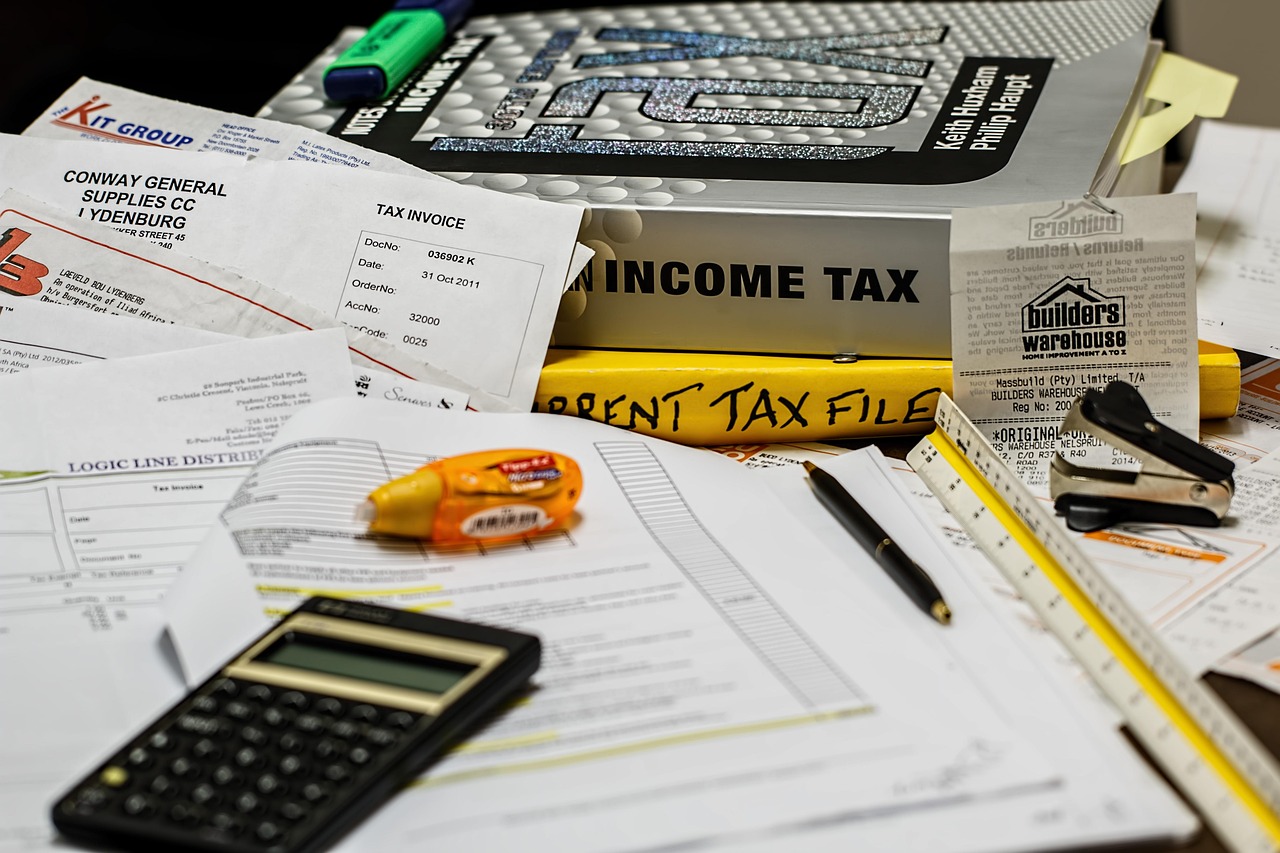Have you ever wondered how stores and businesses keep track of their inventory? Many use a data matrix barcode reader to make the process fast and efficient. But what exactly is a data matrix barcode, and how does the reader work?
Simply put, a barcode is a series of lines or shapes that represent information. You’ve probably seen them on products you buy, like food or electronics. The most common type is called a UPC code, which is a series of black bars of varying widths.
A data matrix barcode, on the other hand, is made up of a pattern of black and white squares. It’s capable of holding much more information than a UPC code, making it useful for tracking all kinds of items like medical supplies and airplane parts.
To read a data matrix barcode, a special scanner is used. The scanner sends out a beam of light which reflects off the barcode. The scanner can then analyze the reflection and decode the information from the pattern of squares.
One of the reasons data matrix barcodes are so convenient is because they can be read from any direction. Unlike a UPC code, which has to be scanned from left to right, a data matrix can be read no matter how it’s oriented. This makes it much easier to scan items quickly when stocking store shelves or taking inventory of a warehouse.
Another advantage of data matrix barcodes is their ability to store large amounts of information in a small space. This makes them ideal for use in industries where tracking and traceability are critical. For example, in the food industry, data matrix barcodes can be used to track the origin of ingredients and monitor the production process to ensure food safety.
Data matrix barcodes are also used in the healthcare industry to track medical devices and supplies. Each item can be labeled with a unique barcode that contains information about the manufacturer, date of production, and lot number. This is important for traceability and can help identify the source of any issues or recalls.
In addition to tracking inventory, data matrix barcodes can be useful for managing documents and files. For example, a law office might use data matrix barcodes to label client files. When a particular file is needed, the barcode can be scanned, and the corresponding file can be quickly located.
Another way data matrix barcodes are used is to store URLs that can be scanned with a smartphone. This is helpful for marketing purposes, as a scan of a product’s barcode can lead directly to the manufacturer’s website or provide additional product information.
As you can see, data matrix barcodes and their accompanying reader provide many benefits in industries ranging from retail to healthcare and beyond. Barcodes have revolutionized the way businesses track inventory, manage files, and even market products.
Data matrix barcodes are an efficient way to store a large amount of information in a small space. They can be read from any direction and are used in a variety of industries to help manage inventory, track items, and provide additional information to consumers. Next time you see a barcode, take a moment to appreciate the power and convenience it provides.








